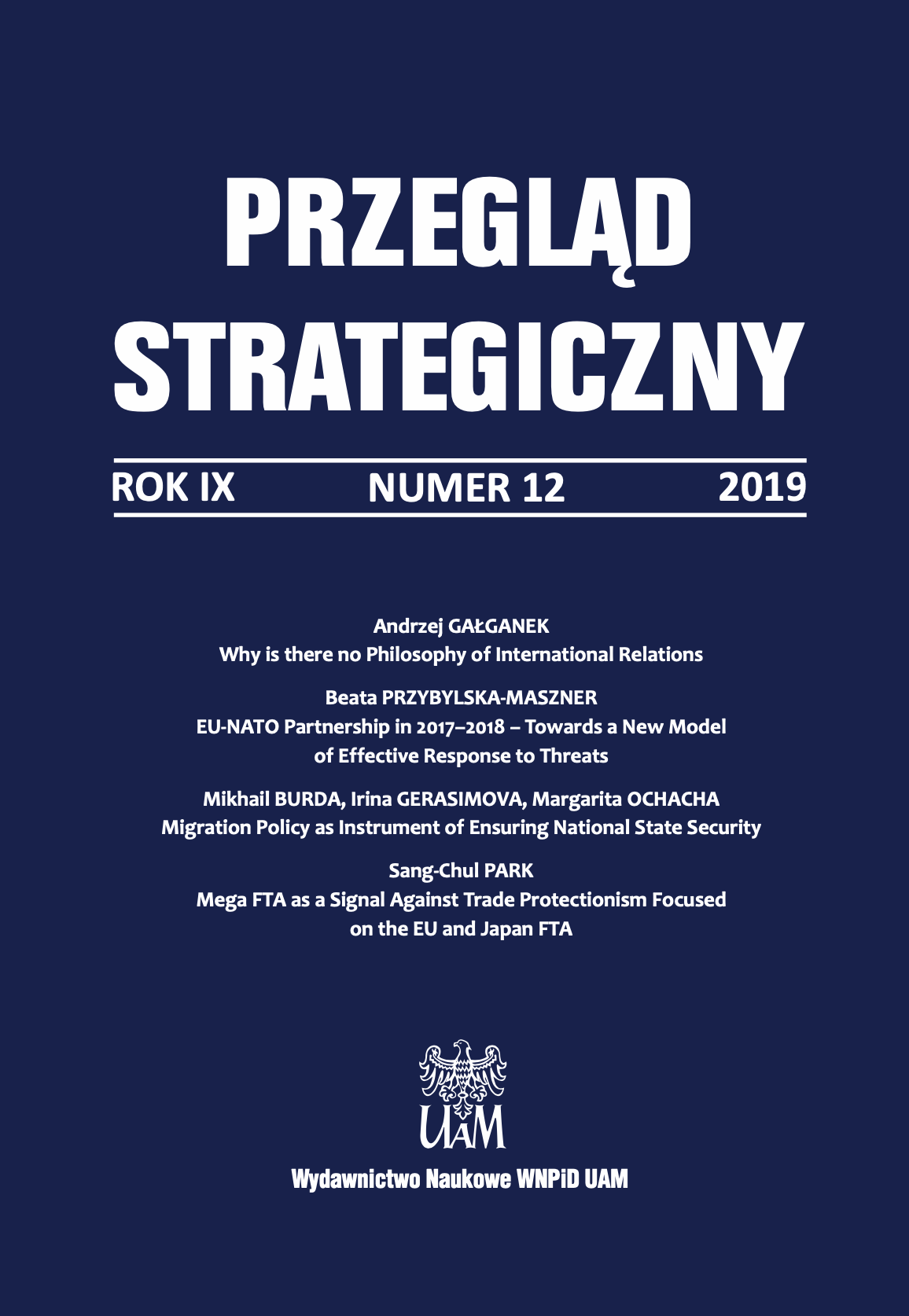Central Europe and NATO Transformation 2014–2018
Central Europe and NATO Transformation 2014–2018
Author(s): Wojciech GizickiSubject(s): Security and defense, Military policy, Peace and Conflict Studies
Published by: Uniwersytet Adama Mickiewicza
Keywords: NATO; NATO Summit; Central Europe; transatlantic security; NATO; szczyt NATO; Europa Środkowa; bezpieczeństwo euroatlantyckie
Summary/Abstract: The collapse of the Cold-War order in Europe brought about a radical change in the global security system. The dissolution of the Soviet Union and the disbandment of the Warsaw Pact created a situation where the only serious and effective guarantee of stability in Europe was NATO. Central European states, which until that time had been subordinated to the USSR, un- equivocally and consistently chose to pursue the Euro-Atlantic direction in their security policy. The decision resulted in their gaining full, even though gradual, membership in the Alliance during the years 1999–2004. The accession process was first completed by the Czech Republic, Hungary and Poland. Central Europe is not free from dangers stemming from national and su- pranational transformations. NATO is facing the need to increase its activity and systematically ensure joint cooperation and security guarantees as regards all its member states. This is pri- marily caused by a revival of Russia’s superpower ambitions under the presidency of Vladimir Putin and an escalation of terrorism and cyberspace threats. The decisions and practical actions related to biennial NATO summits are of vital importance in this respect. The text presented here is an analysis of the security of Central Europe within NATO structures in the light of the last three NATO summits: in Newport in 2014, in Warsaw in 2016 and in Brussels in 2018.
Journal: Przegląd Strategiczny
- Issue Year: IX/2019
- Issue No: 12
- Page Range: 117-129
- Page Count: 13
- Language: English

